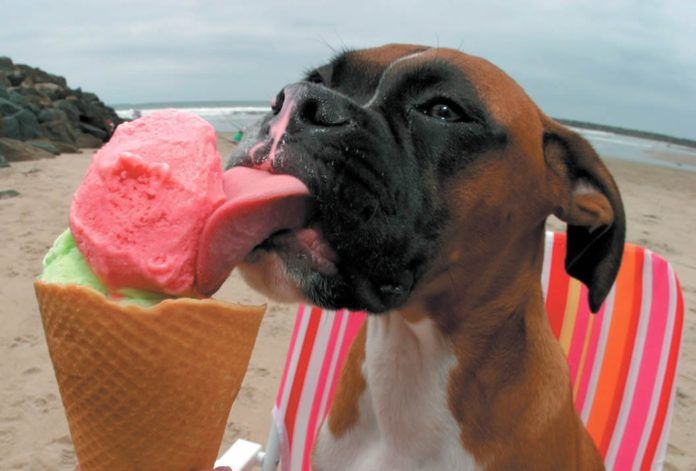Tufts veterinary nutritionist Cailin Heinze, VMD, is only too familiar with scenarios like the following: “We had this little dog who needed surgery to remove bladder stones made of calcium oxalate,” she says. “After that, she was prescribed a diet that would make the stones less likely to recur. Even so, the stones kept coming back. She had to undergo two more operations to remove more stones. We asked the owner what was going on. ‘Well, I’m feeding the diet you recommended,’ he said.
“Then we asked for a more detailed diet history. It turns out the man was also feeding his tiny dog lots of rawhide treats every single day, and rawhide contains an amino acid that breaks down into oxalate. The oxalate kept precipitating out of the urine to help form the stones the dog couldn’t pass.”
Undercutting a medically therapeutic diet with the wrong treats is by no means a rare incident. “I’ve also had pet owners who were supposed to be doing a diet elimination trial in which they fed food that contained zero amount of a certain ingredient and then rein-troduced it to see if the dog was allergic. In one case, the dog didn’t like the food, so they added chicken to the test diet, which defeated the whole purpose of the $100 bag of food I had prescribed.”
Then there are the owners who give high-sodium treats to dogs on a low-sodium diet for heart disease, or high-protein snacks to a pet on a low-protein diet intended to slow the progression of kidney disease. Sometimes, a loving dog owner will wrap a dog’s pill in lunch meat to make it easier to swallow. But lunch meat is often very high in sodium so it can increase the overall sodium in the diet.
Depending on the disease, it can take only a very small amount of the wrong food to make an unfortunate difference — an especially important point when you consider that in one Tufts study, 60 percent of owners reported wrapping medicine in food so their pets would swallow it.
Matching the treat to the medical issue
Here are some general guidelines for allowable treats, depending on your dog’s diagnosis.
Heart disease. Vegetables and fruits (other than grapes and raisins, which are toxic to dogs) are generally okay, as they contain hardly any sodium. Berries and melon are good bets, and dogs often like mashed-up bananas to make pills go down easier. Tiny amounts of fresh-cooked meat or fish tend to be okay, too. Cheese and prepared meats, like deli and lunch meats, and pre-cooked rotisserie chicken, are usually too high in sodium. Some breads are as well.
Kidney disease. With advanced kidney disease, you want to limit not just sodium but also protein. That means meat or fish of any kind is not a good choice for “extras,” as these foods are high in protein. Again, fruit is a good bet, or “human treats” like animal crackers.
Bladder or kidney stones. Dissolving stones with diet — or making sure they don’t recur — is very tricky. In some cases, the veterinarian will say not to feed anything other than the food prescribed. In other cases, the vet will tell you certain treats are okay in small amounts. The treats recommended will have nutrient compositions that are similar to the nutrient composition of the therapeutic diet. Some companies make treats that are designed to go with their stone-prevention diets. Alternatively, you can use small amounts of high moisture, low oxalate foods such as melon or banana.
Pancreatitis. If your dog has had pancreatitis and you have been advised to feed a reduced-fat diet, you should avoid high-fat treats such as cheese or peanut butter. Fruits and vegetables all have low or no fat content.





